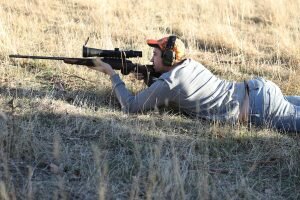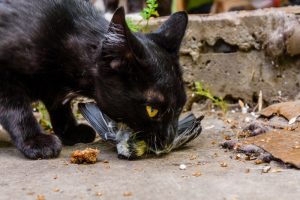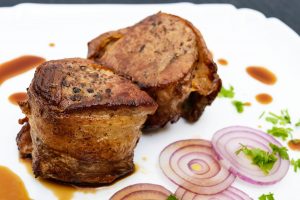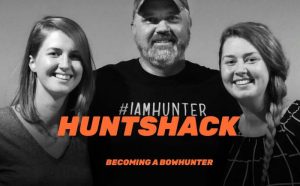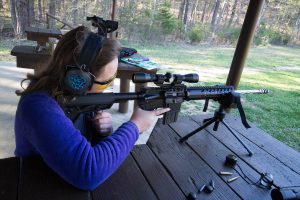
NAME
Cape Buffalo
SCIENTIFIC NAME
Syncerus caffer caffer
RECOMMENDED FIRE POWER
Firearm - .375 or larger. Bow - 80lbs DW + 750g AW
HUNTING SEASON
August-November
WHERE TO HUNT
South Africa, Namibia, Mozambique, Zambia, Tanzania and Zimbabwe
About the Cape Buffalo
The Cape Buffalo is the largest of the 5 subspecies of African buffalo. It is found in Southern and Eastern Africa and seen as one of the most dangerous animals on the continent. They are estimated to gore, trample and kill over 200 people per year.
Contrary to popular belief, Cape Buffalo are not a relative of domestic cattle and unlike the Water Buffalo, have never successfully been domesticated because of their unpredictable temperaments.
Cape Buffalo don’t have a very wide variety of predators, the only two species that really come close to taking down these massive bovine are lions and crocodiles. That’s one reason these animals make it into the Big 5.
Population Levels
As a whole the African Buffalo species is considered Near Threatened by the IUCN Red List of Threatened Species. However, the Cape Buffalo (syncerus caffer caffer), a subspecies of the African Buffalo, currently have a stable population apart from a small decline in a group in Tanzania.
The population of Cape Buffalo in Africa is over 473,000. This makes up 83% of the population of African Buffalo as a whole.

Behaviour
Cape Buffalo have a life span of about 26 years, females reach sexual maturity at around 5 years of age. Although males reach sexual maturity around the same time, often they won’t reproduce until they are much older as the bigger older bulls will fight off any competition for the cows.
They have a gestation period of around 11.5months and will only mate and reproduce in the rainy seasons. The calves will stick around the mother and suckle until she births a new calf.
Some young males will form bachelor groups but its common to see herds of thousands of buffalo of both sexes together. In the instances of bigger herds, you will find that usually their is linear dominance meaning that the older animals are at the top of the hierarchy.
Habitat
Cape Buffalo will pretty much thrive in any grassland habitat, as long as it is within walking distance (20km -12 miles) of a water source as they will drink up to 40 litres of water twice a day. They prefer to be in open and wooded Savannah with adequate grass cover.
They will usually graze at night and venture out to seek good grazing in the early morning and late afternoon when the weather is cooler. During the hottest parts of the day the buffalo will disappear into thick cover to escape the heat and rest for the day.

Hunting
Cape Buffalo can be hunted in South Africa, Namibia, Mozambique, Zambia, Tanzania and Zimbabwe. The best time to hunt them is between August and November. The drier the conditions the better, it will be easier to predict where they will be.
Bulls that are hunted are usually over 12 years of age. Some things to look for when searching for an older bull are hard bosses, blunt tips of their horns, lots of scars and markings on the face, white circles around the eyes, and a prominent dewlap under the chin.
As for a calibre to hunt them with, South African Regulations prevent you from hunting ANY dangerous game animals with anything less than a .375. It is recommended that your initial shot be with a soft-point bullet, the buffalo is a herd animal and you don’t want your shot to penetrate through and hit another animal. It is then advised that any follow up shots be taken with solid rounds.
When bowhunting Cape Buffalo you will need a minimum draw weight of 80lbs and minimum arrow weight of 750 grains. Your shots will be around 35-40 yards for spot and stalk hunting and around 20-25 yards if you want to hunt from a blind. You need to make sure that you can shoot a good grouping at 40 yards the majority of the time. Recommended broad heads for bow hunting Cape buffalo in South Africa is a minimum of 220 grains and preferably fixed blade.
Shot placement is important! Don’t shoot an animal front on unless absolutely necessary. Broadside shots are preferred, aiming on or just behind the shoulder. DO NOT take a head shot on a buffalo.
Like always practice is very important. Especially when it comes to hunting dangerous game, like Black Death. Make sure you are practicing the way you will likely be shooting, whether that is on sticks or free hand. Our advice it to practice both of these shooting styles well before you actually arrive at your hunting destination.
Shot Placement


